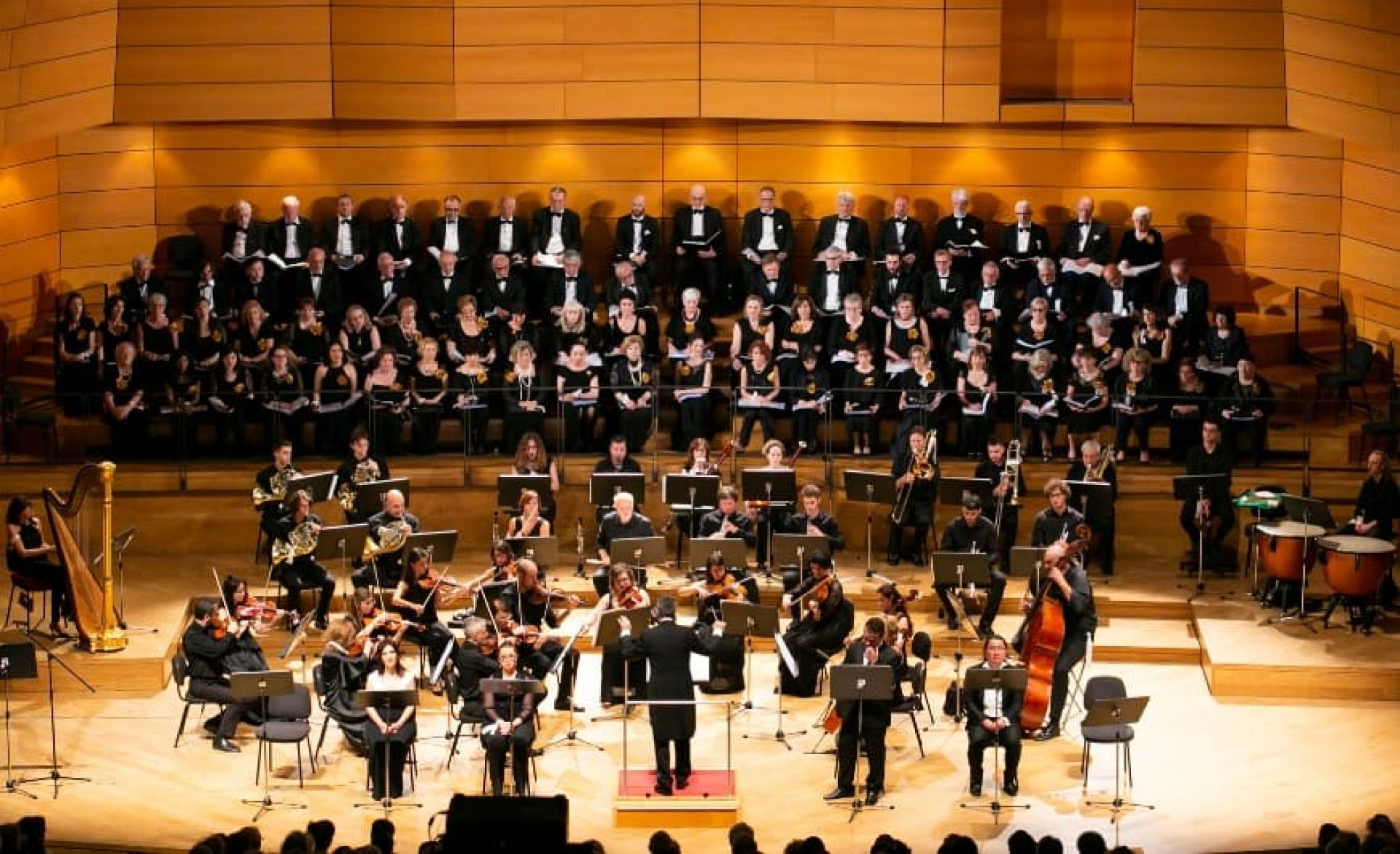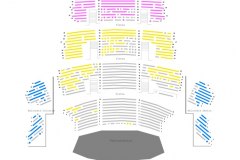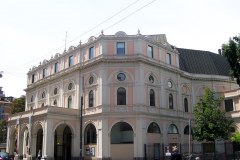Traveling with Puccini Choirs
October 2024 | ||||||
|---|---|---|---|---|---|---|
Mo | Tu | We | Th | Fr | Sa | Su |
On the centenary of his death, a journey through the life and works of Puccini with the Coro degli Amici del Loggione del Teatro alla Scala, the Faes Children's Choir, and the Antonio Vivaldi Orchestra in support of the Oncology Radiotherapy Foundation, to which the proceeds will be donated.
Choruses and arias from, among others, Le Villi, Edgar, La Bohème, Tosca, Madama Butterfly, La Rondine.
Program and cast
Soloists: Sarah Tisba, Valeria Falini, Annunziata Menna, Diego Cavazzin, Jung Jaehong, and Renis Hyka
Coro Amici del Loggione del Teatro alla Scala
Choir Master: Filippo Dadone
Faes Children's Choir
Choir Master: Yesenia de los Angeles Badilla Jiménez
Antonio Vivaldi Orchestra
Conductor: Filippo Dadone
Teatro dal Verme
The Teatro Dal Verme is a theatre in Milan, Italy located on the Via San Giovanni sul Muro, on the site of the former private theatre the Politeama Ciniselli. It was designed by Giuseppe Pestagalli to a commission from Count Francesco Dal Verme, and was used primarily for plays and opera performances throughout the 19th and early 20th centuries. Today, the theatre is no longer used for opera, and is a venue for concerts, plays and dance performances, as well as exhibitions and conferences.
The original 3,000-seat theatre, surmounted by a large cupola, was constructed in the traditional horseshoe shape, with two tiers of boxes and a large gallery (or loggione) which alone contained more than 1000 seats. It opened on September 14, 1872 with a production of Meyerbeer's Les Huguenots and soon established itself as one of Italy's most important opera houses. During its "golden years", the theatre saw the world premieres of Puccini's Le Villi (May 31, 1884); Leoncavallo's Pagliacci (May 21, 1892) and I Medici (November 9, 1893); and Cowen's Signa (November 12, 1893). It also saw the Italian premiere of Lehár's The Merry Widow (April 27, 1907).
By the 1930s, the theatre was mainly being used as a cinema. It was then severely damaged by American aerial bombardment during World War II, after which its magnificent central cupola, which had survived the bombing, was stripped of all its metal parts by the occupying German army. It was partially rebuilt in 1946, and for a period in the 1950s it was used for the performance of musicals. It then reverted to a cinema and a political conference hall.
In 1991, the theatre's interior underwent a major restructuring and renovation project which was completed in 1998. It now has a large modern auditorium, the Sala Grande, with 1420 seats, a smaller performing space known as the Sala Piccola, with 200 seats, and a space for exhibitions and conferences, the Sala Terrazzo. Since September 2001, it has been administered

 EN
EN DE
DE IT
IT FR
FR ES
ES RU
RU JP
JP RO
RO
 Seating plan
Seating plan 
